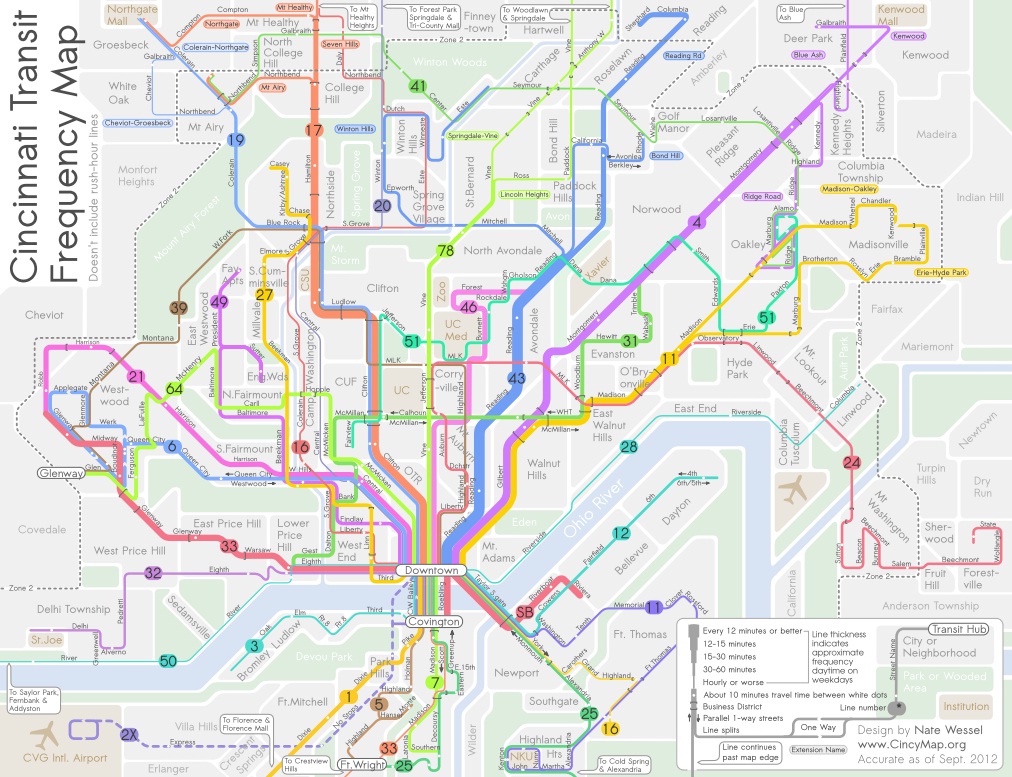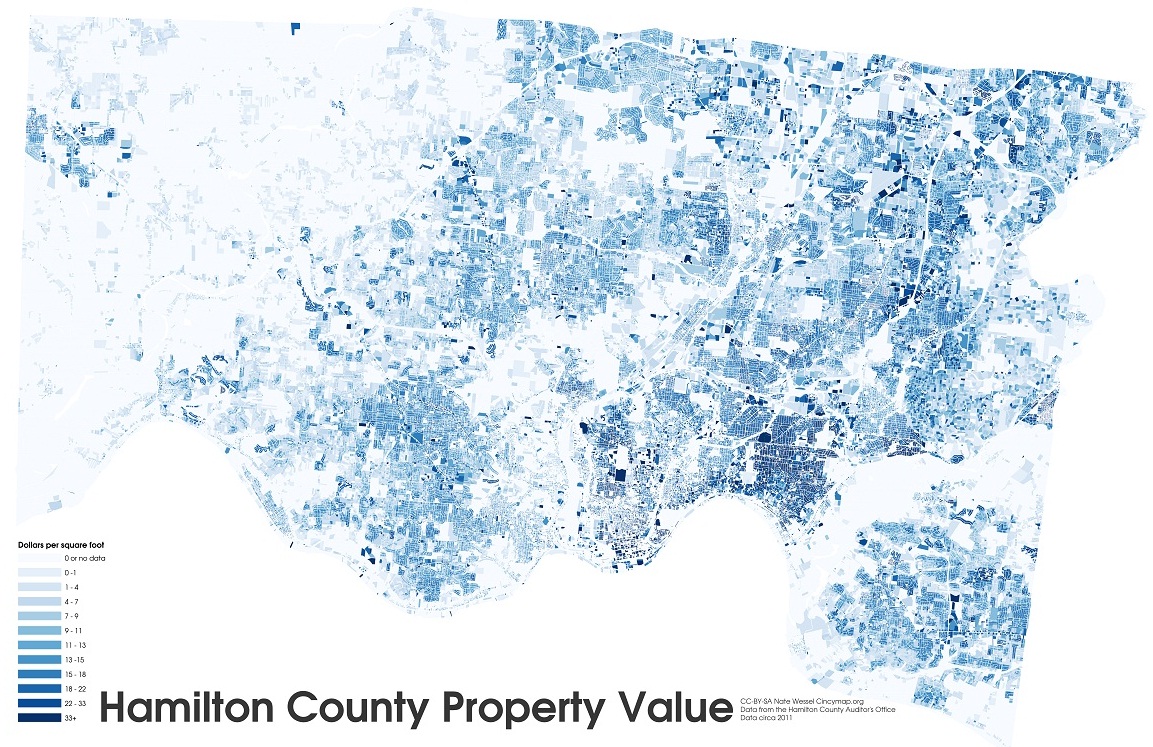Just 49 days after Zipcar announced that it would expand its services in Cincinnati, the car-sharing company announced that it had struck a deal to be purchased for $491.2 million by Avis.
The move by Avis, into the car-sharing sector, follows those of Enterprise and Hertz, and is seen as a critical evolutionary step for the traditional car rental company.
As the nation’s largest car-sharing company with more than 760,000 members, Zipcar offers its customers a way to move about urban environments without needing to own a car. Their slogan – “Wheels when you need them” – has increasingly hit home with young people that have been migrating back towards urban centers and ditching their cars.

A Zipcar on 12th Street in between Vine and Race Streets. Photograph by Randy Simes for UrbanCincy.
According to the U.S. Department of Transportation (DOT), overall vehicle-miles traveled (VMT) have reached their lowest levels since 2003, and that per capita VMT to levels not seen since 1998.
Furthermore, the University of Michigan Transportation Research Institute has found that teenagers are delaying the pursuit of getting their driver’s license with just 31 percent of 16-year-olds getting their driver’s license in 2008.
“By combining with Zipcar, we will significantly increase our growth potential, both in the United States and internationally, and will position our company to better serve a greater variety of consumer and commercial transportation needs,” said Ronald L. Nelson, Avis Budget Group chairman and chief executive officer. “We see car sharing as highly complementary to traditional car rental, with rapid growth potential and representing a scalable opportunity for us as a combined company.”
While car-sharing continues to see explosive growth locally and nationally, now estimated to be a $400 million industry, it is yet to be seen what the merger will mean to car-sharing customers wary of getting behind the wheel of a “traditional” car rental company.
Wrote Adam Richardson in the Harvard Business Review, “Any time an incumbent acquires a disruptor there are challenges, and in this case, they stem from the very core of Zipcar’s existence: how it has created a sense of community with its customers and how it has used technology to create a scalable user experience that its customers love.”
Naturally, Zipcar leadership expects bright days ahead with more cars at more locations, new service offerings, and similar levels of service.
“This is a major win for Zipsters around the world,” Zipcar management wrote in an e-mail distributed to its customers. “With the global footprint, backing, and talented leadership of Avis, we’re going to step on the gas.”
Car-sharing has been available in Cincinnati since 2011. Rates start at $8.50 per hour, and 11 cars are available at five different locations in the Central Business District, Over-the-Rhine, Clifton Heights and Corryville.



